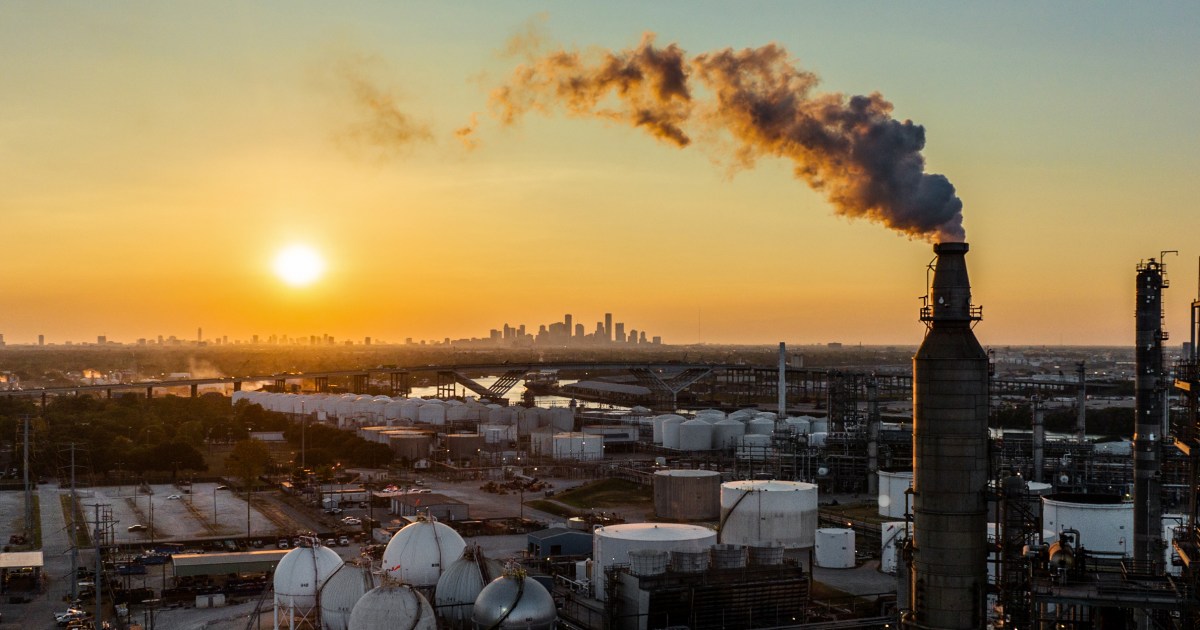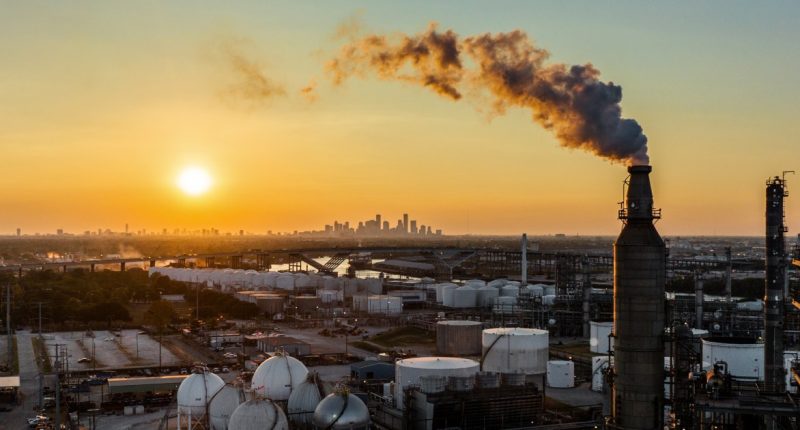
The Biden administration on Saturday announced finalized standards to limit the amount of methane that oil and gas companies can leak into the atmosphere, saying the move will “turbocharge” climate action in the U.S.
The announcement, made at the United Nations Climate Change Conference in Dubai, also known as COP28, will require emitters to eliminate routine flaring of natural gas in new wells over a two-year period, monitor for methane leaks, and establish new standards for high-emitting equipment like controllers, pumps and storage tanks that make up much of the infrastructure that transports oil across state lines.
Methane is a potent greenhouse gas that traps about 80 times as much heat as carbon dioxide. Oil and gas companies are the nation’s top methane emitters.
“These are rules of the road,” said Ali Zaidi, the Biden administration’s national climate adviser. “There is no longer an excuse to let these emissions continue to proliferate. Industry has the tools. It has the workforce that’s excited to do this work. And it has every incentive to get after this challenge.”
According to the Environmental Protection Agency, the new standards will reduce future methane emissions by 80%, going beyond what was projected in similar proposals from 2021 and 2022. It targets hundreds of thousands of existing sources, as well as significant sources of other health-harming air pollutants.
Companies that do not comply or are found to be violating the standards risk EPA action.
The plan relies heavily on oil and gas companies adopting technology to monitor their sites and encourages the use of “innovative technology” such as aerial screening, sensor networks and satellites that help operators find and fix leaks more quickly.
“What this standard does is build strong accountability around using this technology, and taking advantage of what it offers in terms of economic and environmental gains,” Zaidi said. “It provides a line of sight to scaling these solutions, and in turn it will reduce the cost of deploying these solutions even more.”
An outside monitoring company will identify “super emitter” sites, which, according to the EPA, account for almost half of methane emissions from the oil and gas sector. Those sites will take priority in curbing emissions, something the administration says is the fastest and cheapest way to reach U.S. emissions goals.
“What this will do is allow us to very efficiently get these technologies to these places, and will be able to curb emissions almost right away,” Zaidi said. “So that obviously has a climate benefit, but it also has real material benefits for local communities for public health that will be felt right away.”
The EPA also said the plan would prevent an estimated 58 million tons of methane emissions from 2024 to 2038, the equivalent of 1.5 billion metric tons of carbon dioxide, and will yield total net benefits of $97 billion to $98 billion from 2024 to 2038, after taking into account the costs of compliance and savings from recovered natural gas.
Source: | This article originally belongs to Nbcnews.com










